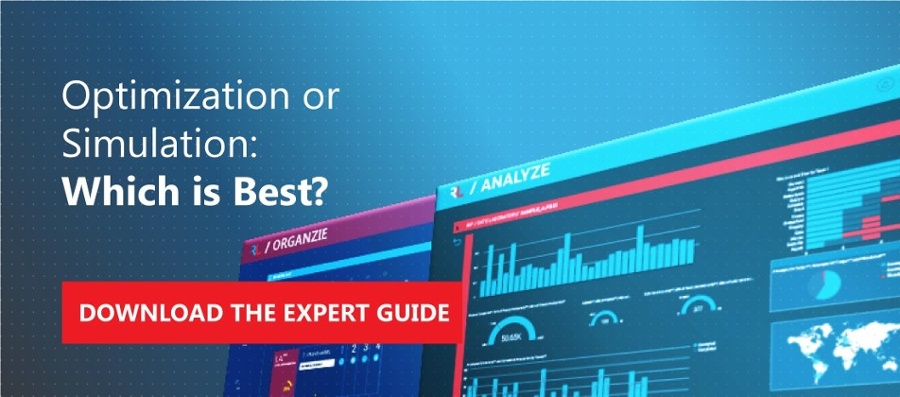During times of rapid change, disconnects routinely emerge between what is believed and what is actually taking place. This is illustrated in a recent independent survey of consultants.(1) The results revealed conflicting beliefs and attitudes, particularly in the areas of advanced business modeling and analytics.
“Eight out of ten consultants surveyed believe their current approach to modeling is suboptimal.”
Ninety-four percent of respondents used electronic spreadsheets as their primary modeling instrument; yet, less than 20% felt spreadsheets were sufficient for their complex and dynamic models. To sum it up, eight out of ten consultants believed their approach to modeling and performance were below par.
Another disconnect existed between modeling capabilities and earnings potential. While 81% said their firms could generate more revenue using enterprise-wide modeling, only 18% believed their firm was on the cutting-edge when it came to using business modeling technology.
Disconnects between spreadsheet-based modeling and actual client deliverables were even greater when segmented by engagement type or project. Respondents also cited other areas in which spreadsheet-based modeling was suboptimal, including: operations performance improvement, segmentation modeling and optimization, auditing, financial planning, transfer pricing and reporting, compliance (e.g., SOX, SAS70), and software implementation.
The survey revealed disconnects between actual outcomes and beliefs and/or expectations consistently. This gives credence to a few hypotheses:
- Spreadsheets are no longer enough to support client projects – they are not adequate for creating complex and dynamic business models
- This shortcoming is recognized as a core business issue
- The environment is right for consultants to migrate from tipping point to turning point with more powerful business modeling tools
These assumptions are supported by further insights provided by the survey:
- Nine out of ten respondents agreed their clients needed better insights than in previous years
- Seven out of ten respondents agreed their clients wanted and expected faster business modeling capabilities
- Six out of ten respondents identified the need to provide clients with delivery tools as part of their recommendation package
Armed with an understanding of existing business modeling processes and key profit drivers, as well as a vision for the future, companies can begin solving problems; however, without a technology which leads to insights on a continuum and provides holistic capabilities which bridge operations, constraints, and financials at the strategic, tactical, and operational levels, the effort will fall short of expectations.
Yes, spreadsheets are no longer enough to support client projects; however, consultants have a lot of knowledge (“dark assets”). With a powerful modeling tool, they can increase their value and differentiate themselves in the consulting pond. Additionally, they can capture knowledge about business processes, best practices, market insights, and more to provide solutions through various channels.
Consultants should look for business modeling applications which provide unique insights to their clients through/by:
- Answering what-if questions
- Simulation
- Optimization
- Intelligent sensitivity analysis
- Modeling infeasibilities
- Identifying unique performance driver relationships
- Considering financials, marketing factors, operational variables, and business constraints in one, simultaneous representation
It’s only with these capabilities that consultants can better help their clients address a wide range of business challenges to transform operations.
(1) About the Consultant Survey: Fly Research surveyed more than 100 consultants using personal interviews and online questionnaires. The survey sample represent respondents from multiple disciplines, including general business strategy and transformation, finance, manufacturing, supply chain, high-tech, telecom, energy, and healthcare. Key segmentation of participating consultants – 70% have more than six years experience • 50% work in firms with more than 100 employees • 30% work in firms with more than 1,000 employees.




